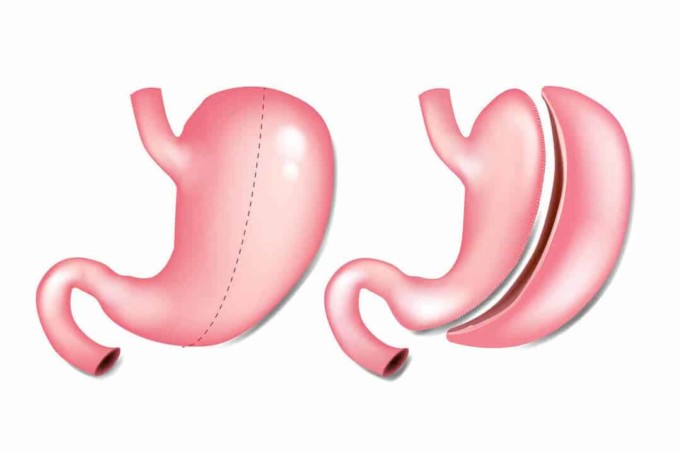The influence of various media such as the internet, television, magazines and the like has put pressure on people who are obese trying to shed off some fats. It is for this reason why the majority of the obese persons have at least resorted to one or more diet program or taken any supplements to lose weight. There is nothing wrong with this for as long as it is safe. The challenge, however, for many is the efficacy of the diet supplement or programs.
One of the last recourses that are being sought by the people who are obese is the laparoscopic bypass surgery. This is an invasive procedure with minimal pain as the surgeon does a tiny surgical incision via the belly button. The objective of this procedure is to alter the capacity of the stomach, including the small intestine, reducing directly the total food capacity that goes into the stomach.
With the small incision, the surgeons are able to place a small camera connected to a video monitor. From the images captured from the camera, the surgeons are able to see what is inside the stomach, and they will then proceed with the bypass using tiny surgical instruments.
The main advantage of the laparoscopic bypass surgery is fewer cuts. In surgery, the immediate concern during post operation is the infection. Fewer cuts or opening means reduced risk of acquiring hospital-acquired infection. It also follows that if patients have minimal incisions, the recovery is quick and therefore, the hospital stay is also shortened.
On at the other hand, patients undergoing this kind of procedure are not exempted from the known risks of a laparoscopic bypass surgery. Patients can yield to adhesions, hernias, major leaks anastomotic strictures, etc. (“Gastrointestinal complications of laparoscopic. Roux-en-Y gastric bypass surgery: clinical and imaging findings, 2002).
Further, this kind of procedure is not for everyone. Surgeons have to make a thorough assessment of an obese person to know if he is healthy enough to go through this kind of procedure. Although, the procedure is not an open-surgery type, but patient safety standards have to be followed.
For overweight or obese people who wish to try this option, is best advice to seek medical assessment first prior signing the consent. Talking to an expert can provide one with a clearer picture on what to expect before, during and after the procedure is done. By getting the right information and doing more research, the patient can make his own assessment and his safety.
Once patients are informed of the pros and cons of this procedure, the next important thing to know is the maintenance phase or what are the measures that are needed to keep one’s weight at the ideal level. Obese people need to understand that laparoscopic bypass surgery is only a tool to reduce weight, and it is not a guarantee that the ideal achieved weight will be maintained without doing some intervention.
Patients are still advised to consume a limited number of calories daily, to exercise and to live a healthy lifestyle, such as getting enough sleep each day and so forth.
Author Bio:
Laparoscopic bypass surgery is one of Dr. Timothy Smith’s expertises. He holds more than 15 years of experience doing hands-on surgery to help obese patients manage their weight problem through an almost painless procedure.












